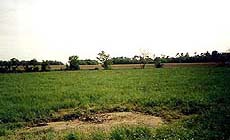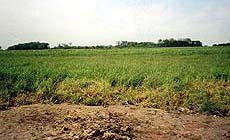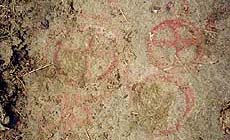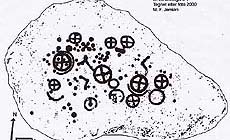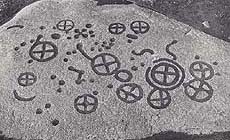 NEW: Alpine rock paintings
NEW: Alpine rock paintingsenter the Balma dei Cervi Virtual Museum and surf the Virtual Tour: spherical pano-views, hi-def flat photos and tracings
|
|
||||||||||||||||||||||||||||||||
|
|
|
|||||||||||||||||||||||||||||||
|
||||||||||||||||||||||||||||||||
|
|
|
|||||||||||||||||||||||||||||||
|
||||||||||||||||||||||||||||||||
|
||||||||||||||||||||||||||||||||
|
|
|
|||||||||||||||||||||||||||||||
|
||||||||||||||||||||||||||||||||
|
|
|||||||||||||||||||||||||||||||
|
||||||||||||||||||||||||||||||||
|
GOTO all records list |
Viewing record 4 / 807 of euro.dbf
|
||||||||||||||||||||||||||||||||
